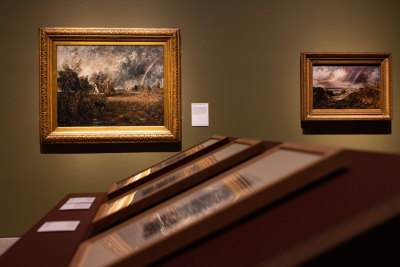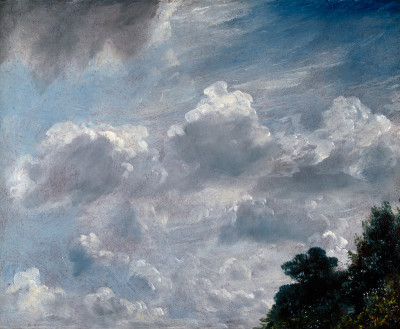The Royal Academy joins the war effort
The Royal Academy joins the war effort
The RA during the First World War
By Mark Pomeroy
Published 5 August 2014
With volunteers drilling in the courtyard and the Red Cross taking over the galleries, the RA soon found itself at the centre of the war effort.
-
Throughout the week of 4 August 2014, we’re publishing a series of blogs telling the story of the Royal Academy of Arts during the First World War. Read other blogs in the series here.
“At the clamour of the bugle in that fateful August of 1914, the artists of London were among the first to answer the dread call. The sculptor flung aside his chisel, the painter his brush, the writer the pen, the musician his instrument, the actor the buskin. They held out their empty hands for rifles and flocked to learn the soldier’s trade which hitherto they had almost despised… In Gallipoli, in Mesopotamia, in Flanders and in France sleep for ever men who first learned their drill at Earl’s Court or Burlington House.”
- A Record of the United Arts Rifles, 1914-1919The Academy’s first response to the outbreak of war was to offer immediate use of its galleries to the military. When this offer was waved away the President invited the United Arts Force (not to be confused with the Artists Rifles), “in which he and other members of the Academy were interested”, to use the galleries as their headquarters.
The United Arts Force was a motley assembly of volunteers, mostly artists, architects, musicians, actors, authors and journalists. It had been created only the week before war was declared and was a product of the naïve enthusiasm that gripped many young men in the dog-days of the summer of 1914. The UAF was given galleries VII-XI, with a telephone, and the refreshment room, which doubled as a mess and rifle store, although ammunition was not to be stored on-site.
The annual report for 1914 says they drilled “vigorously” in the courtyard during the last quarter of 1914 (see above). Volunteers wore white jerseys, mostly cricket whites, as they paraded around the courtyard and down to Green Park for manoeuvres.
The Force quitted the Academy in February 1915, after five successful months’ occupancy, to allow the Summer Exhibition to be selected and hung. It was not long before all the volunteers were placed in regiments of the regular army and sent to the Front.
-
The Red Cross
At the close of the 1915 Summer Exhibition it was agreed to lend space to the Joint War Committee of the British Red Cross Society & the Order of St. John of Jerusalem. Galleries VIII-XI, the Architecture Room and the Lecture Room became the famous ‘Central Work Rooms’, responsible for coordinating the production of relief supplies for the Front.
The galleries were occupied by teams directing the manufacture of garments, bandages of various description, swabs and dressings. Leaders from regional groups came to Burlington House to be trained. Ultimately work continued throughout the war, with operations moving to parts of the Schools during the time of the Summer Exhibition.
-

'Spinning Dogs' Wool at the Royal Academy', as reported in The Queen magazine, 15 February 1919
-
When wool became short, training turned to spinning and knitting with dog hair, as shown in this photograph from the magazine The Queen. Some of the female students of the Schools became involved in this work.
The Central Work Rooms at the Academy played a crucial role in the alleviation of suffering of those involved in the fighting. As The Queen reported in 1919, “During four years occupation over twelve hundred voluntary workers, none giving less than four half days weekly, have zealously worked and made to standard pattern no less than 73,216 garments and 700,102 bandages”.
Mark Pomeroy is the Royal Academy’s Archivist.




